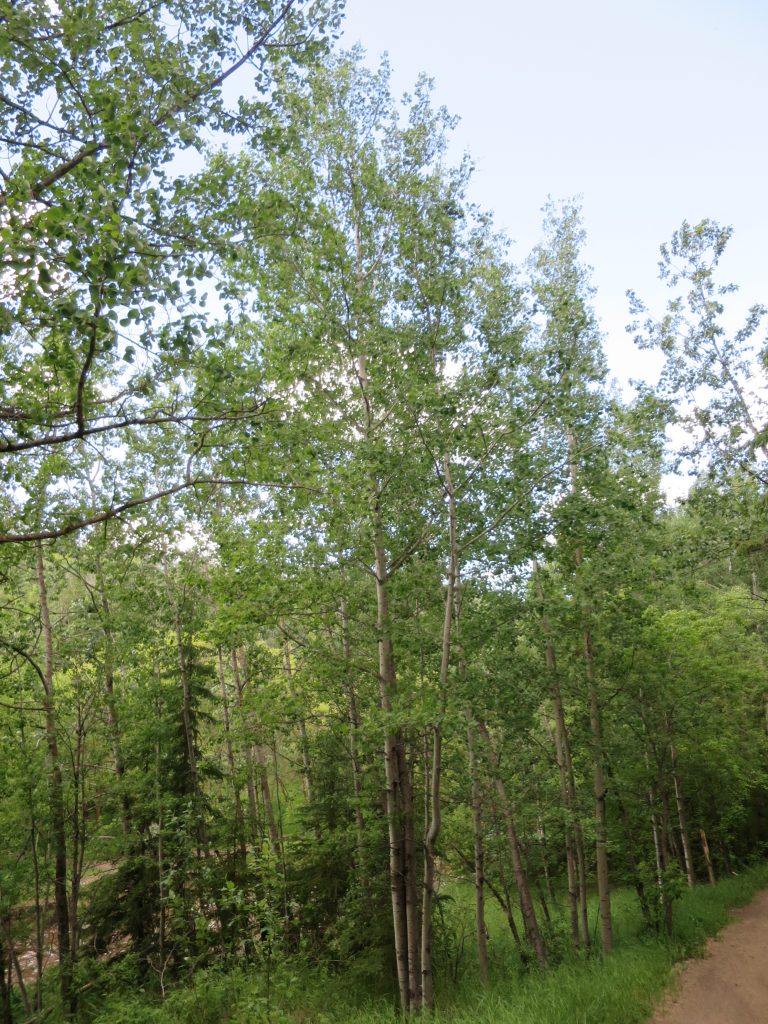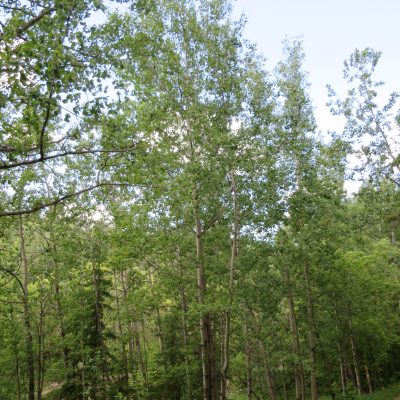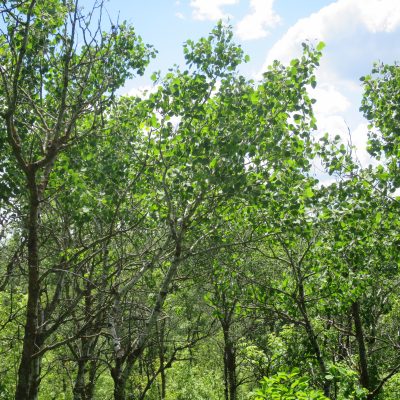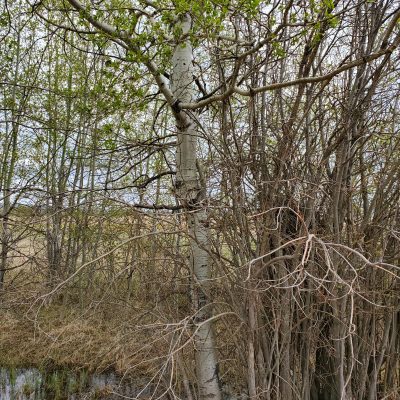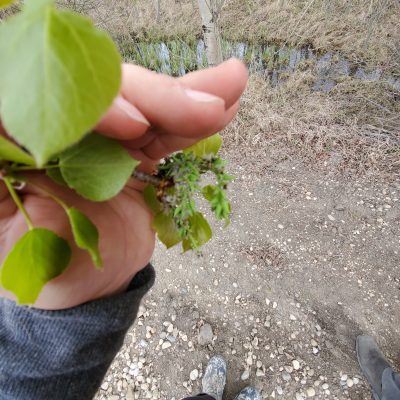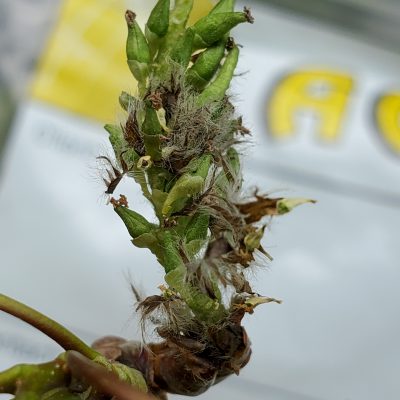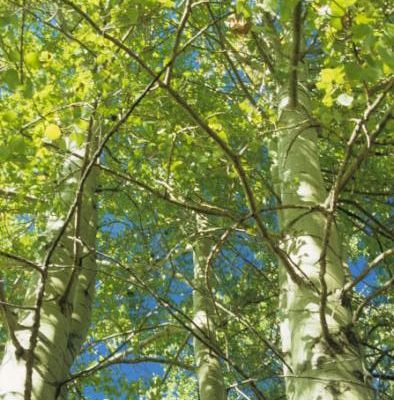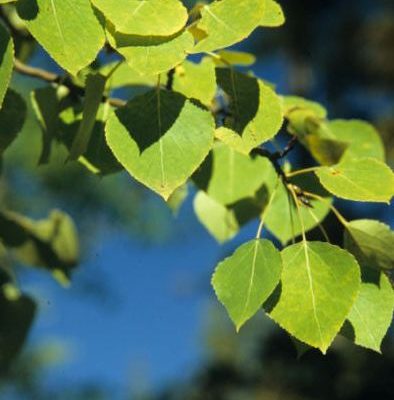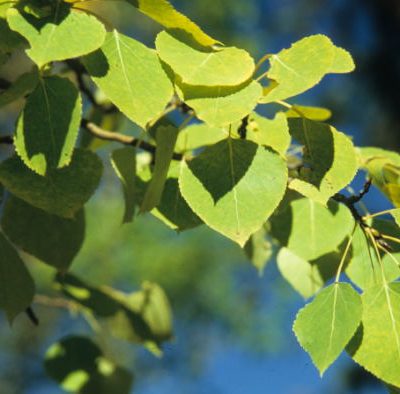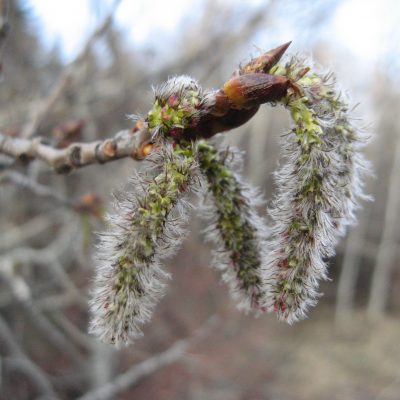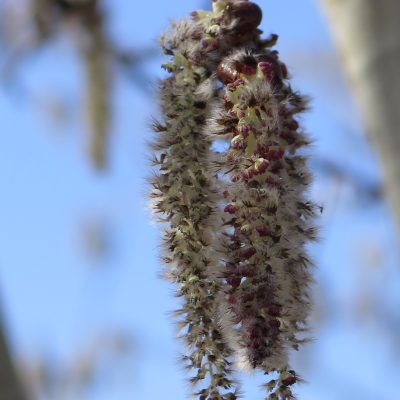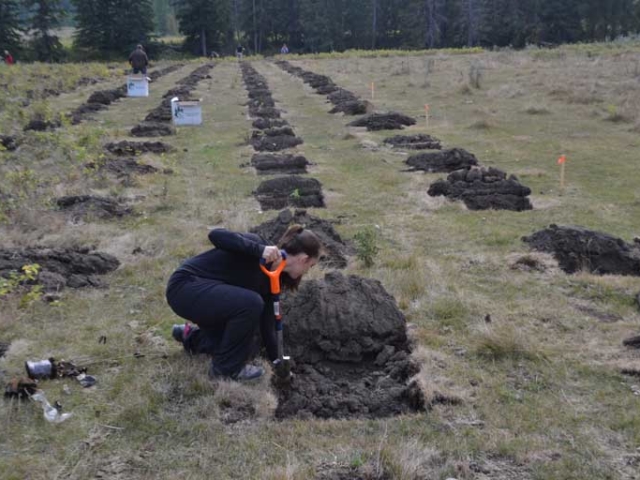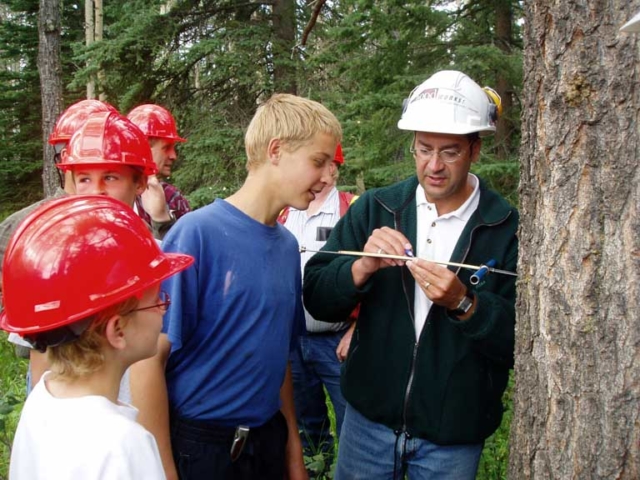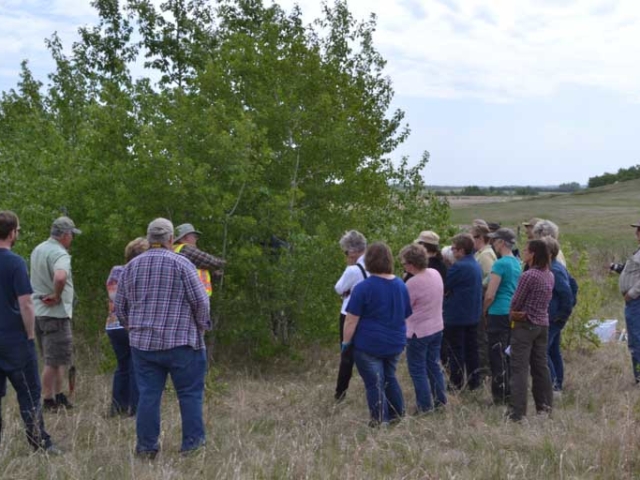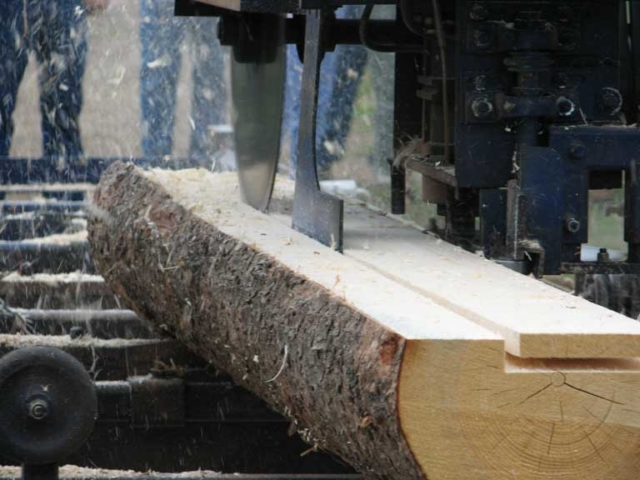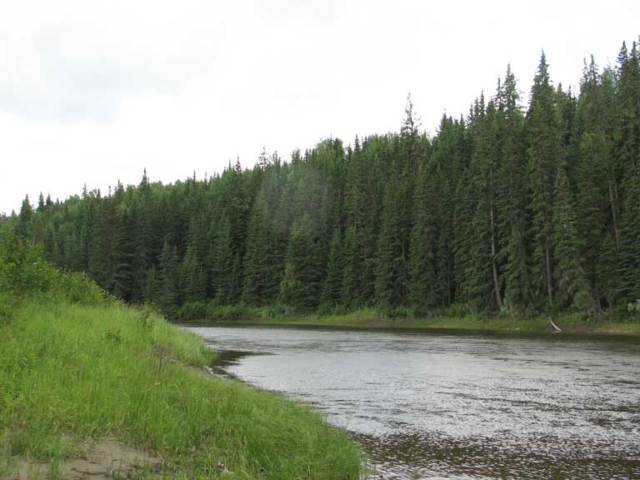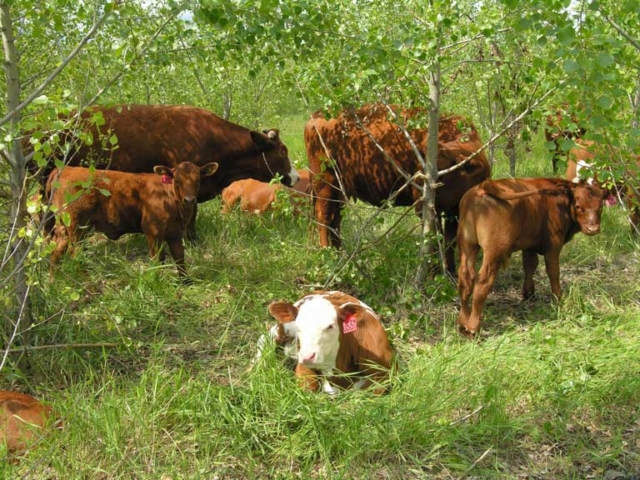Description / Details
Trembling aspen (Populus tremuloides)
Trembling aspen is the most widely distributed tree in North America, and is prevalent throughout Alberta. Its extensive root system allows it to regrow and expand after fires, insect outbreaks, logging, and short-term droughts or animal impacts. It does not like flooding or extended droughts but is otherwise extremely adaptable to a range of growing conditions.
The leaves of trembling aspen provide high quality forage for livestock and wildlife. Its seeds are preferred by songbirds and insects, and its wood is favoured for oriented strand board (OSB), pulp, and furniture products.
Trembling aspen is an excellent, commonly used pioneering species for Eco-Buffers, or on the upland edge of riparian buffers. Trembling aspen seedlings can sometimes be slow to establish, making it worthwhile to invest in larger plug sizes where possible. Alternatively, existing aspen cover can be expanded by root pruning along the forest’s edge (refer to AWES’ Root Pruning factsheet for more information).

